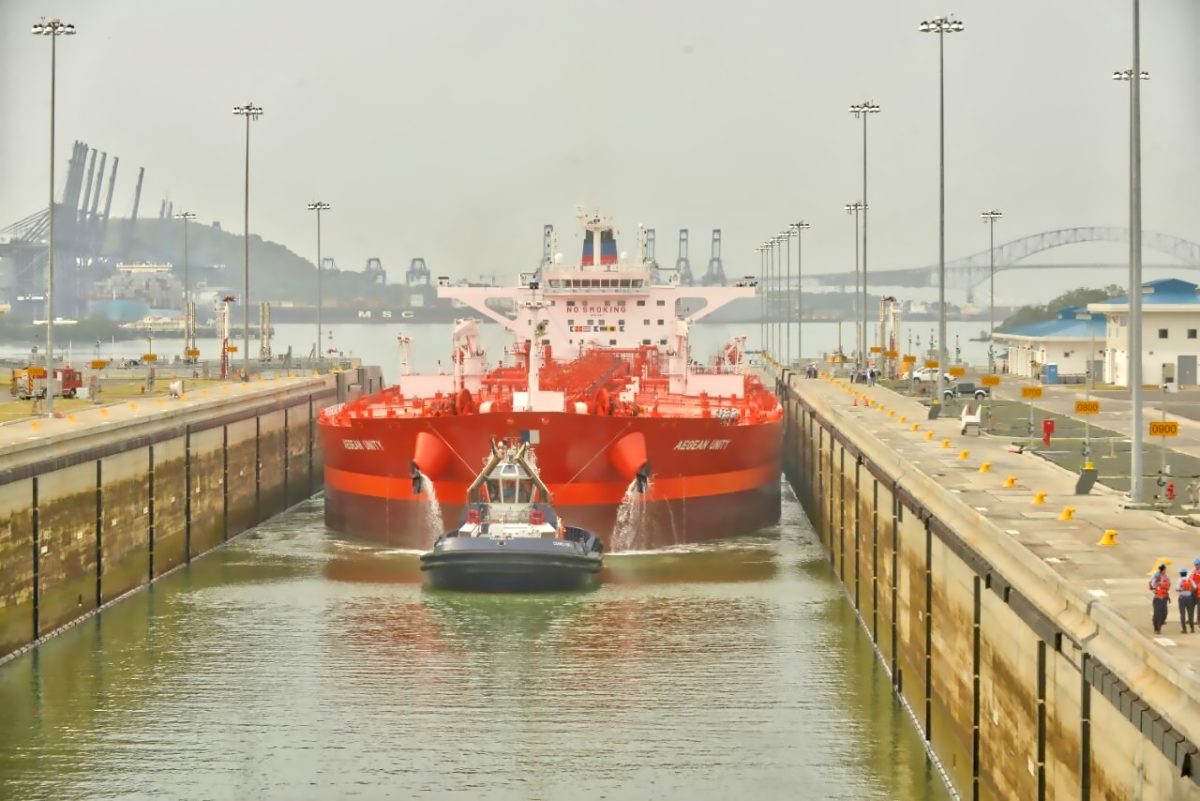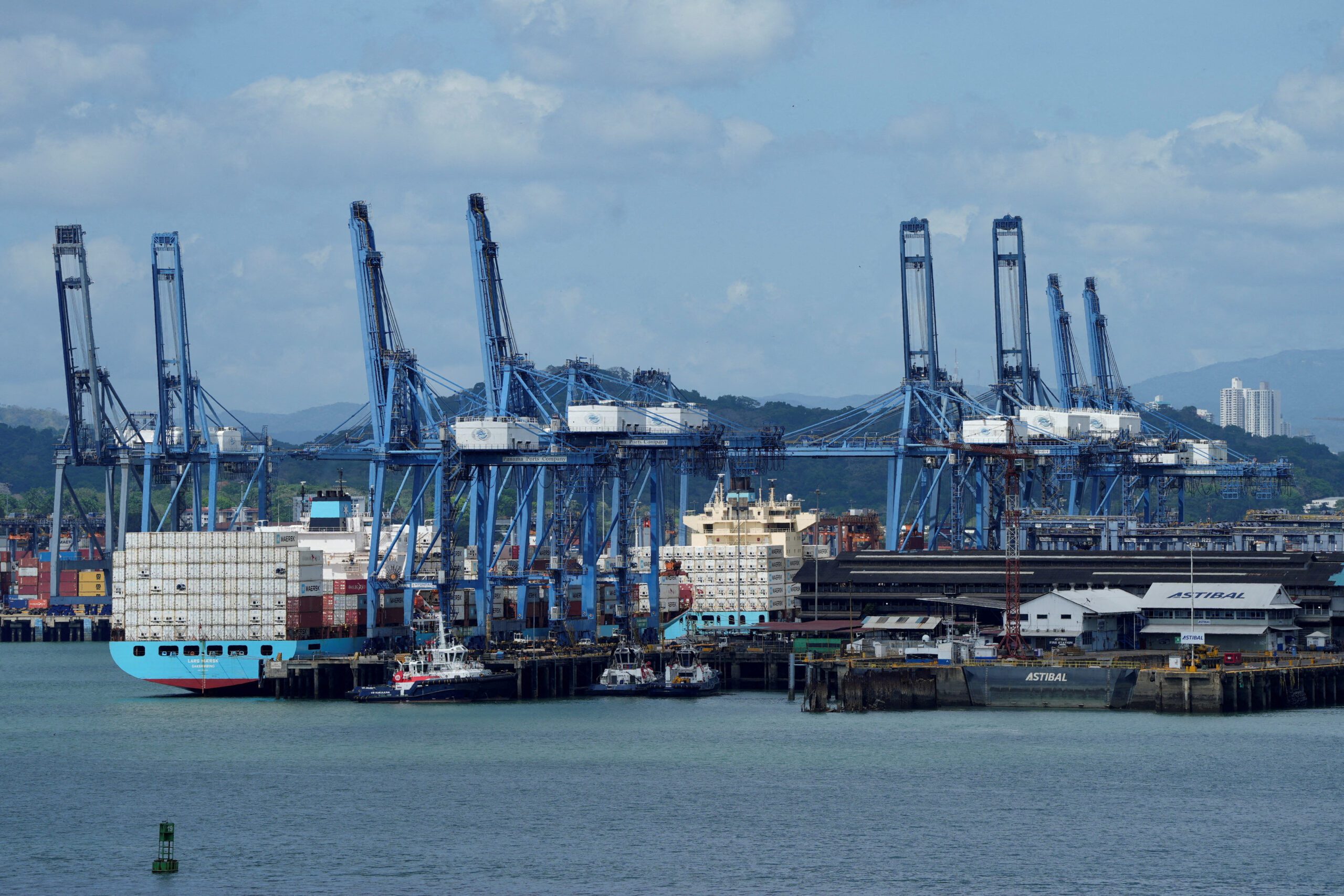The MT Aegean Unity becomes the first crude oil tanker to transit the Panama Canal’s new locks, August 18, 2016. Photo: Panama Canal Authority
By Tracy Alloway and Javier Blas
(Bloomberg) — From Norway to the Bahamas, from Algeria to Australia.
Ultra-low crude prices combined with cheap shipping rates are encouraging a host of exotic new oil trading routes that wouldn’t look out of place in the latest travel brochures.
Oil exporters are tapping into new markets as they attempt to work through a glut in crude supplies that’s reshaping oil market economics and redrawing decades-old shipping routes.
The U.S. has led the way thanks to the lifting of a 40-year ban on oil exports, with shipments departing for Curacao, France, and Israel in recent months.
But the trend has extended even away from the States, with more traditional oil-producing nations experimenting with increasingly unusual destinations as they battle to grab market share following crude’s price collapse.
Encouraging such new routes is the fact that oil remains in contango–meaning near-term deliveries are cheaper than those further out in the future. Combined with cheap freight costs, the trend means oil exporters can just as well afford to ship their product to far-flung places for refining than keep it on floating oil tankers for delivery at a later date.
The growing list of new trade routes could be a boon for oil refiners who are able to source crude from an expanding array of colorful destinations. It could also prove lucrative for oil traders including BP Plc, Trafigura Group Pte and Vitol Group BV as they arbitrage the difference in oil prices between various locations–potentially pocketing hefty profits as they do so.
Last year, Saudi Arabia began shipping oil to Poland in a fight with Russia for a share of the European market. The United Arab Emirates started exporting oil to Romania, while Oman sent crude to the U.S. for the first time in three years–an example of refiners rejecting relatively higher U.S. oil prices in favor of cheaper imports from other regions.
“These flows have only been made possible due to two strongly reinforcing trends: extremely low freight rates and accommodative inter-regional crude spreads,” analysts at JBC Energy GmbH wrote in a note published last week. “These are simple economic calculations that have significantly widened refiners’ crude procurement options.”
The analysts cite the examples of Algeria sending cargoes of Saharan Blend as far as Indonesia, Cuba and Australia. Crude shipments emanating from the North Sea are due to be exported to South Africa, they said, while previous cargoes have headed for the U.S. Atlantic Coast as well as the Bahamas.
© 2016 Bloomberg L.P

 Join The Club
Join The Club











